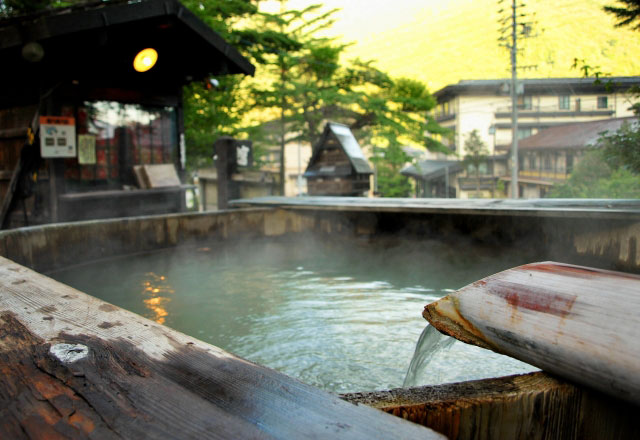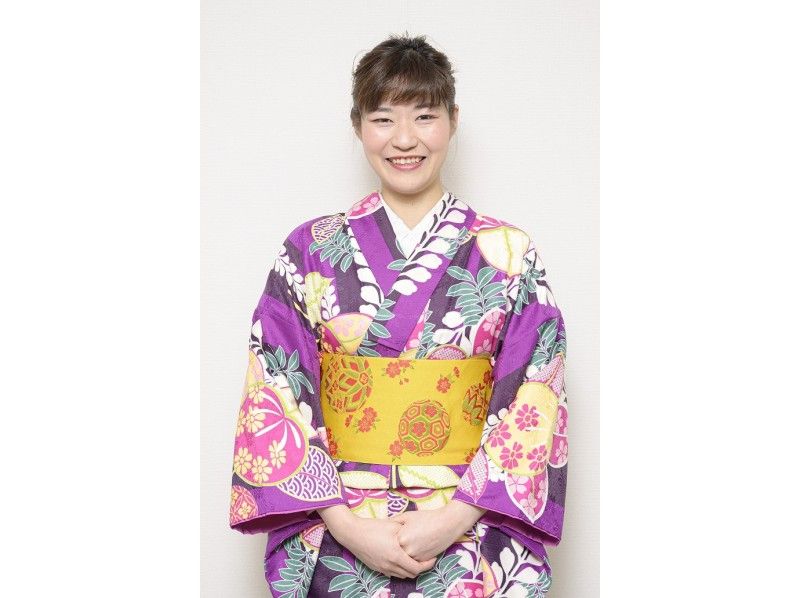Hakone-Yumoto Onsen
The oldest of Hakone's hot spring villages, Hakone Yumoto Onsen was first developed in the Nara period, in the year 757 by Jojobo, an apprentice of the Shugendo monk Taicho, according to legend. In the Edo period, the village prospered thanks to its position on the Tokaido, one of the great Five Highways, and visitors can learn about the history of the area and Hakone from the Warring States period to the Edo period while exploring the village. Yumoto Onsen is also the largest of Hakone's hot spring villages, and the bath facilities of many of the innumerable long-standing traditional ryokan hot spring inns located near the station are open to non-guests, making it easy for visitors to enjoy a casual day of hot spring bathing. One of Hakone's most famous souvenirs is its yosegi-zaiku wooden mosaic work, a craft which emerged during the Edo period.
Spot details
- Address
-
Kanagawa Ashigarashimo-gun Hakonemachi Yumoto
Map
- Phone
- 0460855700
- Water type
- alkaline simple springs, sodium-chloride springetc
- Temperature of spring
- 23-77℃
- property
- nerve pain, muscle soreness, joint pain, aid recovery from fatigue, sensitivity to cold, frozen shoulders, Bruises, chronic digestive diseases, skin diseases, Hemorrhoids, skin beautifying propertiesetc
- Number of source springs
- 77
- Amount of water flow
- 4700l/min
- Number of day trip bathhouses
- 7
Information Sources: NAVITIME JAPAN






















